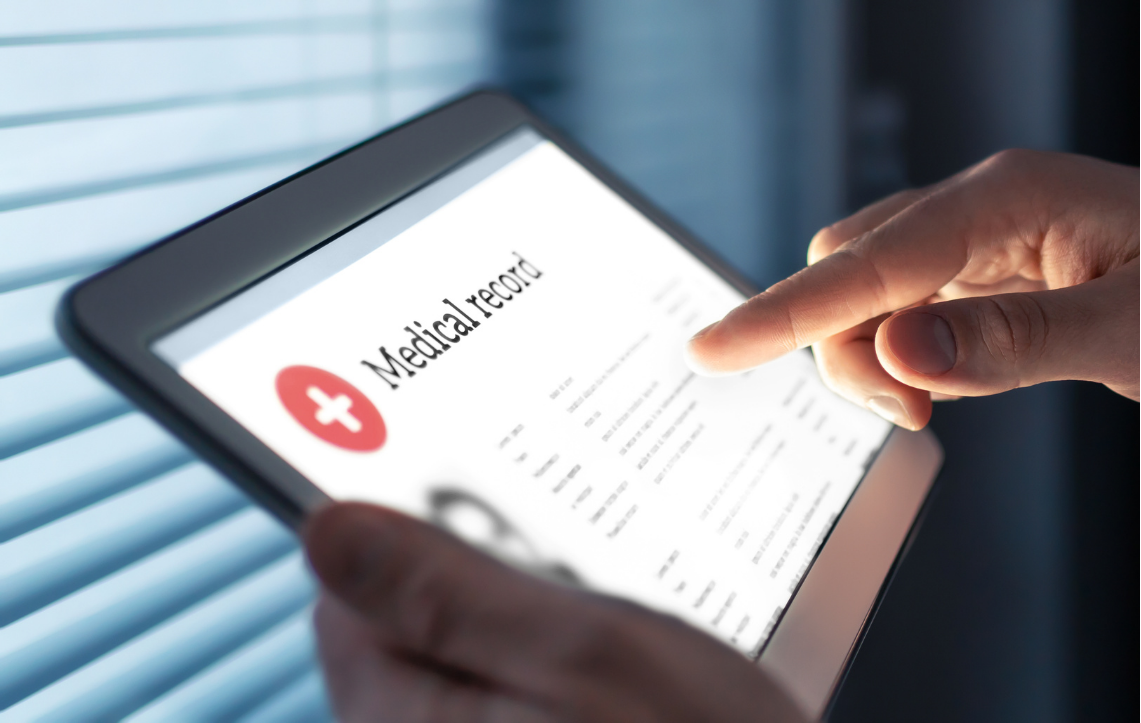A recent healthcare data breach on Help at Home, an independent caregiving service, has led to the exposure of sensitive information for 26,700 individuals. The compromised data includes names, dates of birth, Social Security numbers, financial account details, usernames, passwords, and even certain medical and health insurance information.
What Does This Mean?
With seniors being among the most vulnerable to cyber threats, this healthcare data breach is a stark reminder that while we can trust security measures to a certain extent, breaches still happen. When they do, sensitive health data can be exploited in highly targeted scams aimed directly at patients—mostly seniors.
Here’s what could happen next:
- Personalized phishing emails posing as healthcare providers, requesting additional information or payments.
- Fake calls from “insurance companies” demanding urgent action to avoid penalties.
- Fraudulent messages claiming to offer help with medical bills, designed to harvest more personal information.
These scams don’t just stop with the individual. They often extend to family and friends, with scammers impersonating their loved ones.
In 2023 alone, seniors lost an astounding $2.3 billion to scams. These numbers clearly demonstrate that these tactics are working—and that they’re on the rise.
So, What Can We Do?
While healthcare data breaches are becoming an unfortunate reality and cybersecurity measures sometimes fall short, the next best defense is education, education, and more education. It’s crucial to equip older adults with the knowledge and tools they need to protect themselves. But it’s not just about teaching them—it’s about ensuring they retain this information for when they need it most.
The real question is: How are we helping seniors not only become more informed but also retain that crucial information to safeguard their lives?
At Helpy, we’re committed to bridging that gap, providing seniors with the resources they need to stay sharp, stay safe, and stay ahead in an increasingly digital world.

